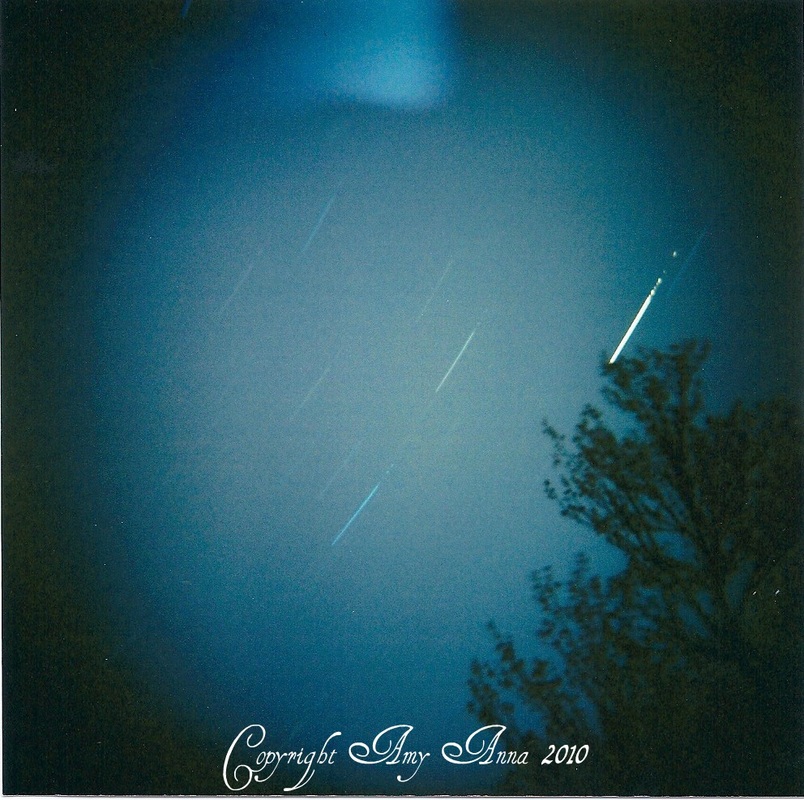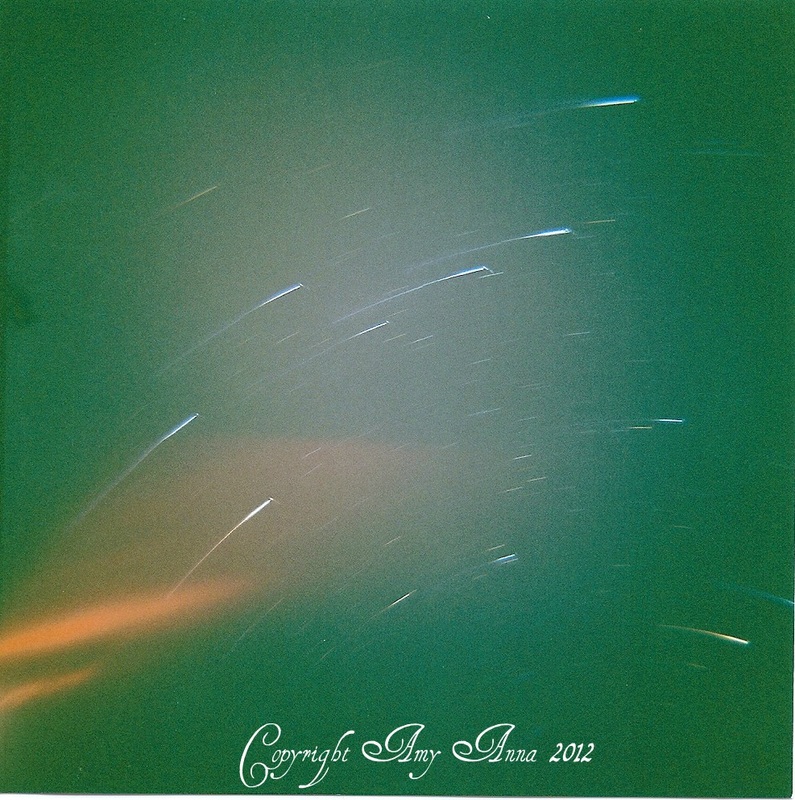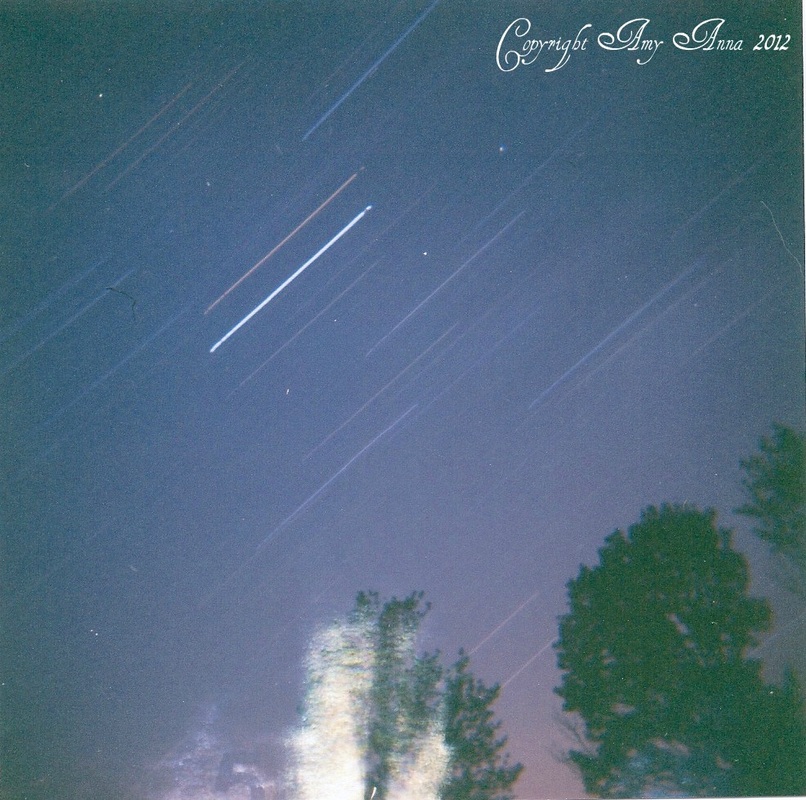One of the year’s best meteor showers just ended (alas, cloudy for me), Jupiter is sailing across the night sky, and there’s a nifty planetary line-up at the end of this month. Check out www.stardate.org or www.stargazing.net for help finding these and other celestial happenings. Or, if you prefer, just look up.
My nephew got a telescope for Christmas, and the adults have been having as much fun with it as he has. We went out recently and looked at Jupiter’s Galilean moons (Io, Callisto, Ganymede and Europa) circling the planet. Even with his beginner’s telescope, we thought we could detect faint impressions of stripes on Jupiter's surface.
It’s a cliché that looking up at the vastness of space makes you feel small. Actually, there’s a much more immediate lesson than that.
Imagine with me: you go out and set up the telescope. Any telescope. Even binoculars on a tripod. You pick something to look at: the moon, Jupiter, a bright star. You get it in focus. Oooh, aaaah. Get it in focus again. And again. And again.
No matter what you choose to look at, it just . . . keeps . . . moving . . . away.
I cannot imagine growing up on a world that is flat, the single focus of a lone god, one solitary eye in the sky watching down on a lonely little planet. I grew up watching people walk on the moon, machines roll around on Mars, and the tally of other planets rapidly close on one thousand, including a small handful that might be just like ours. We have watched comets come and go and crash into Jupiter and survive circling the sun. We have witnessed a supernova. We can no longer afford the luxury of small vision.
Have you ever seen an orrery? An orrery is one of those charmingly steampunk models of the solar system, where all the planets rotate around a facsimile sun, using gears and wheels and bicycle chains. Yet I have never seen one so accurate that the orrery itself spins through the room, which is also spinning through space . . . .
You can catch a small piece of that motion. Set up your telescope on a spot, any spot, in the sky. Don’t move it. And watch the universe go screaming by. It’s the opposite of the normal way to sky watch. But illuminating. Like a window on space and time and speed.
One doesn’t need fancy equipment to read the spinning sky. The photographs accompanying this entry were taken with one of the world’s simplest cameras, the Holga. I just picked a spot, aimed, and took about a 40-minute exposure. Like magic, the path of the twirling stars appeared on film, like one of those diagrams for dancing that show where the feet go.
For all this whirring-turning-spinning through space, the perfect metaphor for change, the stars also teach of constancy. The ancients looked up at the same constellations we see every night. Most of the ones we are familiar with were named and mapped thousands of years ago. This is so even though the earth wobbles as it spins through space, so there is some variation in our view of space over time.
These recurring patterns in the sky must have been used as one of the first calendars. Everything repeats, but nothing is the same twice. Like a labyrinth of stars.
This week, two of Jupiter’s moons are going to transit, meaning they are going to fly across the front of the planet. Even without a telescope big enough to view that phenomenon, it will be wonderful to look at the photographs of other skywatchers. At the end of January, Venus, Mars and Jupiter will hang out together in the sky. And, in the winter, there’s always beautiful Orion. Orion and environs contain some of the brightest stars in the sky, including Sirius to Orion’s lower left. The three stars in a line, called Orion’s belt, are one of the easiest star patterns to find. Hanging below them are three more stars (the anatomical part they correspond to is perhaps euphemistically called the "sword"). One of them is not a star. Even with the naked eye, and definitely with binoculars, it looks fuzzier than a normal star. It’s the Orion Nebula. These are just a few of the eternal lights we can see: then, now, and forever.
We are stardust. We are golden.



 RSS Feed
RSS Feed
